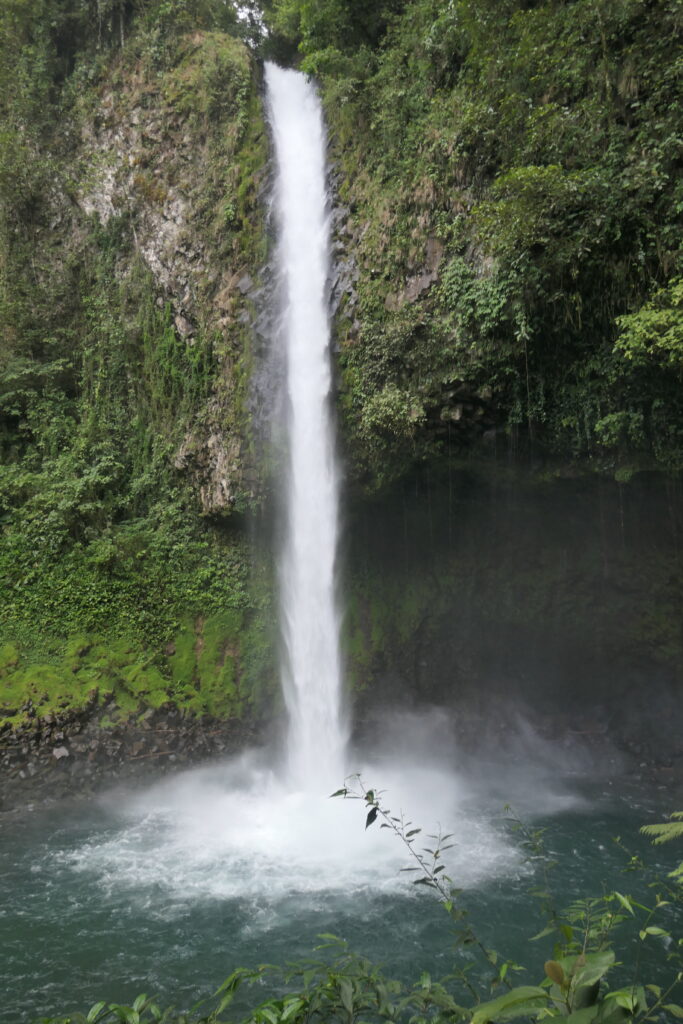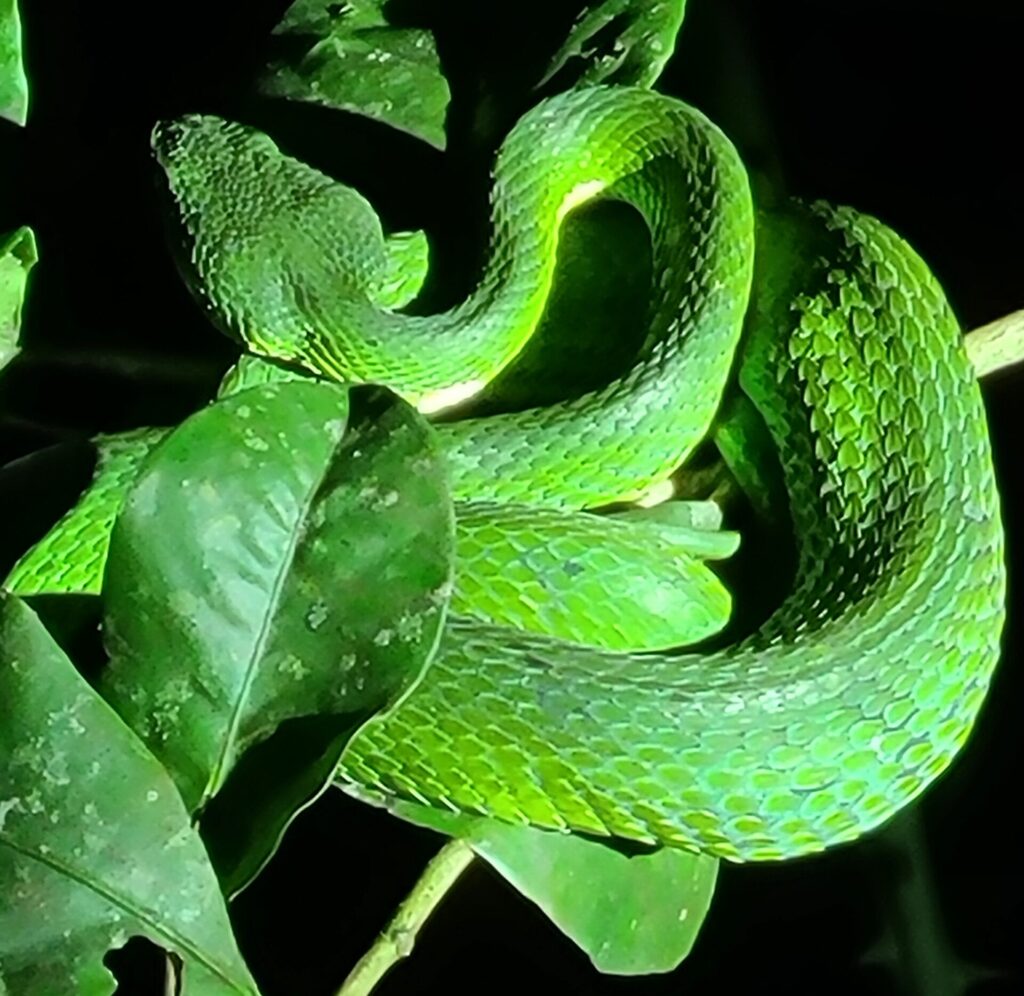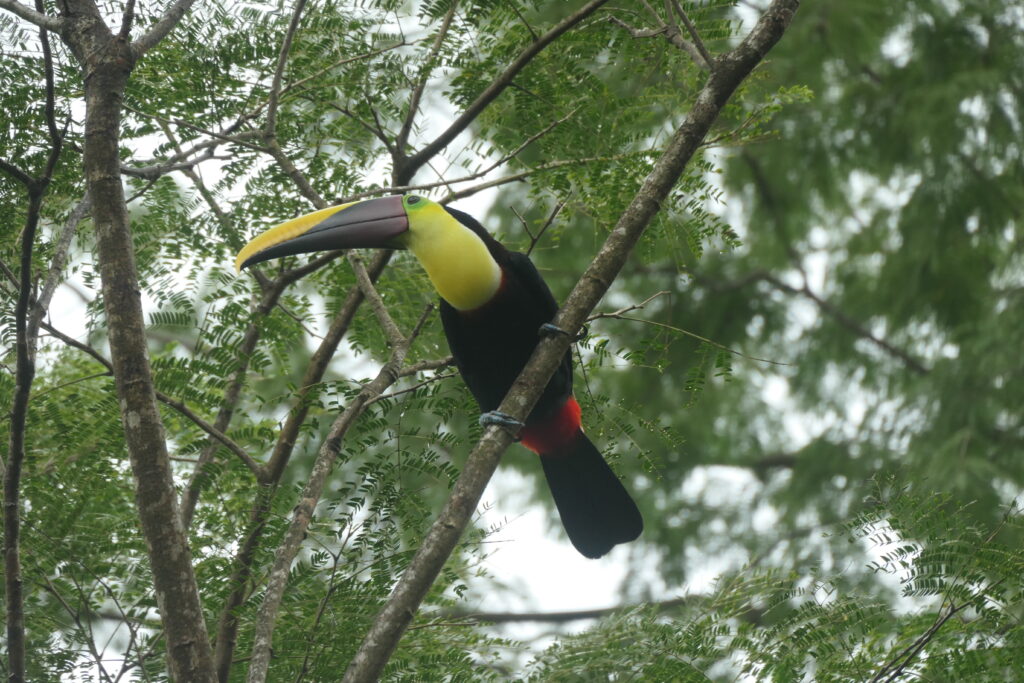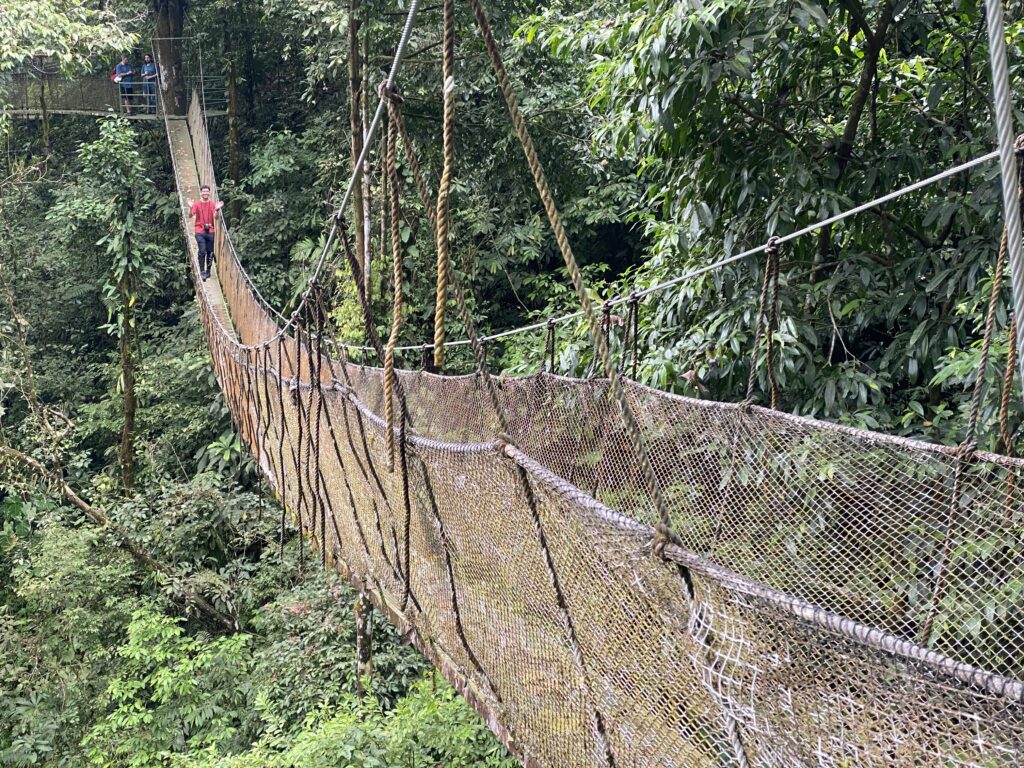
Costa Rica
Costa Rica conjures to the mind visions of pristine rainforests brimming with wildlife; of coffee and chocolate cultivated on breathtaking mountains; earth meeting azure ocean on a secluded beach somewhere miles away from another soul. It’s also a fantastic destination for anyone looking to dip their toe into exotic international travel, where you are greeted by warm climates, friendly locals, and (relatively) affordable pricing. While Costa Rica had always been on our list to visit someday, it wasn’t until we started looking at and falling in love with the individual locations that someday really became “someday soon”. We hope that this guide can be the push you need to book your trip to visit this wonderful country. But before you go all in on your next vacay, let’s get down to brass tacks and talk travel facts!
Planning your visit – Book a tour or go self-guided?
One of the first decisions most folks face when booking a vacation in a foreign country is, “Should we explore on our own, or should we look into booking a guided tour?” Each choice certainly has its own benefits; the guided tours allow a sort of “book and forget” mentality where you can schedule everything then enjoy being shuttled from one location to the next, while booking your own way grants the flexibility of being able to make choices as you go. For this trip, we elected to do a bit of both: we spent half our time at an Airbnb on Costa Rica’s west coast, and half our time doing a guided tour in the Arenal/Monteverde regions of the country. Hopefully our experiences can help you decide which experience is best for you!
What to know about Costa Rica before you go
- English speaking is okay / generally accepted.
- Water is safe to drink in most tourist locales.
- Driving is not so scary (in most places). You may read about the roads being more pothole than road, but we found the roads to be totally manageable. It is worthwhile getting a 4-wheel drive car as a precaution, but you’ll be fine on most roads.
- American currency is definitely accepted, but be prepared to leverage the exchange rate. (Also FYI – if you have to go to a bank in Costa Rica you will need to present your passport)
- There is a wet and dry season in Costa Rica. The dry season stretches from December to April. Because rain can drive away wildlife and lower your chances of fauna spotting, we do recommend that you travel in the dry season if possible.

Part One: Five Days along the Southwest Coast (Self-Guided)
We opted to make Playa Bejuco our home base, for convenience between our flight into San Jose and some of the activities we wanted to do further south.
Manuel Antonio National Park: If you are coming to this side of the country, most likely part of the reason is to check out Manuel Antonio. This NP is teeming with wildlife, and even has a beach (a stunning one!) at the end of your hike. If you are going out in nature, we highly recommend booking a park tour guide. They will be able to spot things that you would never see yourselves, and have a network with other guides so they can find (and share) more sightings in a short period of time. We booked our tour through Airbnb and had an incredible experience. (Shoutout to our guide Berny!)
Chocolate Tour: There are a few places in the area that provide a chocolate tour experience, which is a nice break if you are doing many days of hiking. We opted for La Iguana Chocolate which was the most convenient for our Airbnb! We enjoyed getting to tour the grounds to see all the cacao plants, seeing the processing techniques, and even getting to make some chocolates and spiced hot chocolate of our own!
Rainmaker: Less wildlife centric, Rainmaker is a conservation park that is filled with hanging bridges and waterfalls. There is a great loop trail here that will bring you across them all! We went on a rainy day and still had a blast.
Rio Tarcoles: Heading out to the coast, the main road runs on a bridge above this river where crocodiles lounge about. Park just before it and walk up on the bridge to take some photos! While we wouldn’t make a trip out to the coast just for this, it’s worth a stop if you are driving through.
Some Food Suggestions for Southwest Costa Rica
Costa Rican food to look out for in general:
- Costa Rican Coffee: One of Costa Rica’s most famous exports, the coffee here is absolutely eye opening. Most notably, we got to try some honey-processed roast coffee that had a smooth and almost decadent flavor profile. They also have a unique pour over method known as a chorreador: a sock-like bag is used to hold the grounds which are then poured over with hot water. While there are perhaps many similar brewing methods throughout various countries, it’s definitely worth trying this in a local cafe if they offer it!
- Patacones: Plantains that are mashed and formed into a pancake shape and then fried. These have a crunchy exterior and a soft interior. These are usually served as a side dish for lunches and dinners and are great for plantain lovers.
- Arroz con Pollo: Translating literally to “Rice with chicken”, this traditional costa rican lunch or dinner is great for picky eaters while still being flavorful and well seasoned. Even a small portion can leave you feeling full!
- Fruits: Costa Rica has many incredible and unique fruits including guanabana (soursop), water apple, green mango (served with tangerine lime and salt), granadilla, and more!
- Fresh cashews: You can buy these at roadside fruit stands. While they make look similar to the ones we eat in the states, the flavor is so much richer.
Some restaurants we liked in our area:
- Los Almendros: This restaurant offers an enticing fusion of caribbean and asian influences is on display at this wonderful restaurant on Costa Rica’s west coast.
- Esterillos Town Center: this plaza near Playa Bejuco was a convenient spot for us that offered multiple choices of restaurants, including one that had an option to sit on two-person swings while dining!
- Don Toro Beach: Dip your toes in the sand while you dine al fresco at this beach-side restaurant. When we went, some members of our group ordered massive ribeye steaks that ended up weighing 2.2lbs each!
- Raphael Terrazas: If you’re visiting the Manuel Antonio area, this eatery came recommended to us by our local guide and offers some beautiful coastal views.
Part Two: Exploring Arenal and Monteverde (Guided Tour)
For the second part of our trip, we scheduled a guided tour around the Arenal and Monteverde regions of the country. Both of these locations are well known tourist destinations, and offer a great mix of breathtaking views, fantastic foliage, and abounding wildlife. We booked our tour through Costa Rica Expeditions, who helped us create a customized itinerary for activities and assisted with booking everything, including the hotels (we stayed at Arenal Springs Resort & Spa and Monteverde Lodge & Gardens). For our tour, we had a spanish-speaking tour bus driver to shuttle us to and from our activities, as well as a bilingual naturalist guide who joined us on our excursions in the parks.
Day One: La Fortuna Waterfall (Arenal)
La Fortuna Waterfall is one of the most visited waterfalls in Costa Rica. At 70 meters high, you will walk down 500+ steps to get to the base. As a bonus, you can swim amidst the falls when you get to the bottom! (Keep in mind that it is cold though!)
Day Two: Arenal Volcano + Sloth Trail (Arenal)
Views of the inactive volcano at a distance will be subject to the weather, but the park offers some great nature hikes where you can see birds, coati, and more. For the second part of the day we went to a sloth park, where both two-toed and three-toed sloths (and their babies) reside. You’ll learn a lot about sloth behavior and get to see them much closer than you will in other places.
Day Three: Ziplining + Nature Hike (Arenal)
Costa Rica is one of the best settings for ziplining. With sweeping views of both trees and lake, it’s a beautiful (and safe) place to take in nature as you soar through. The Sky Adventures park actually notes that they have the longest zipline in the country, up to 2460 feet in length! You can also hike some trails on the ground level here to see more of the forest up close.
Day Four: Transfer Boat Ride + Night Hike (Monteverde)
A guided night hike by flashlight is a great way to see animals that you wouldn’t normally see. Vipers and sloths are more easily spotted, and you can see birds perched on their branches asleep.
Day Five: Cloud Forest + Curicancha Reserve (Monteverde)
At an even higher elevation, Monteverde has even more reserves that are great to explore. Cloud forests are said to represent less than 1% of the remaining forests on Earth. We loved hiking the trails here as well and seeing what new beautiful wildlife we could find. For any trails you go on across Costa Rica, we highly advise going with a tour guide and making use of a scope so you can maximize what you see!





Final Thoughts
Costa Rica is an incredible destination that offers an ideal mix of adventure and exploration alongside rest and relaxation. With the help of a tour shuttle or adequately-sized Airbnb, it can also be a great destination for larger groups as well! Planning around the dry season is well worth it, especially if you plan to rent your own car or want to maximize your chances of seeing wildlife on your outings. While this trip may have been a tad less food-centric than some of our other destinations (see: Salt Lake City), the food here is absolutely wonderful and most chefs were well up to the task of meeting the dietary restrictions of our group (of which there was quite a few…). We hope that you will consider Costa Rica the next time you get a yearning to go abroad!











